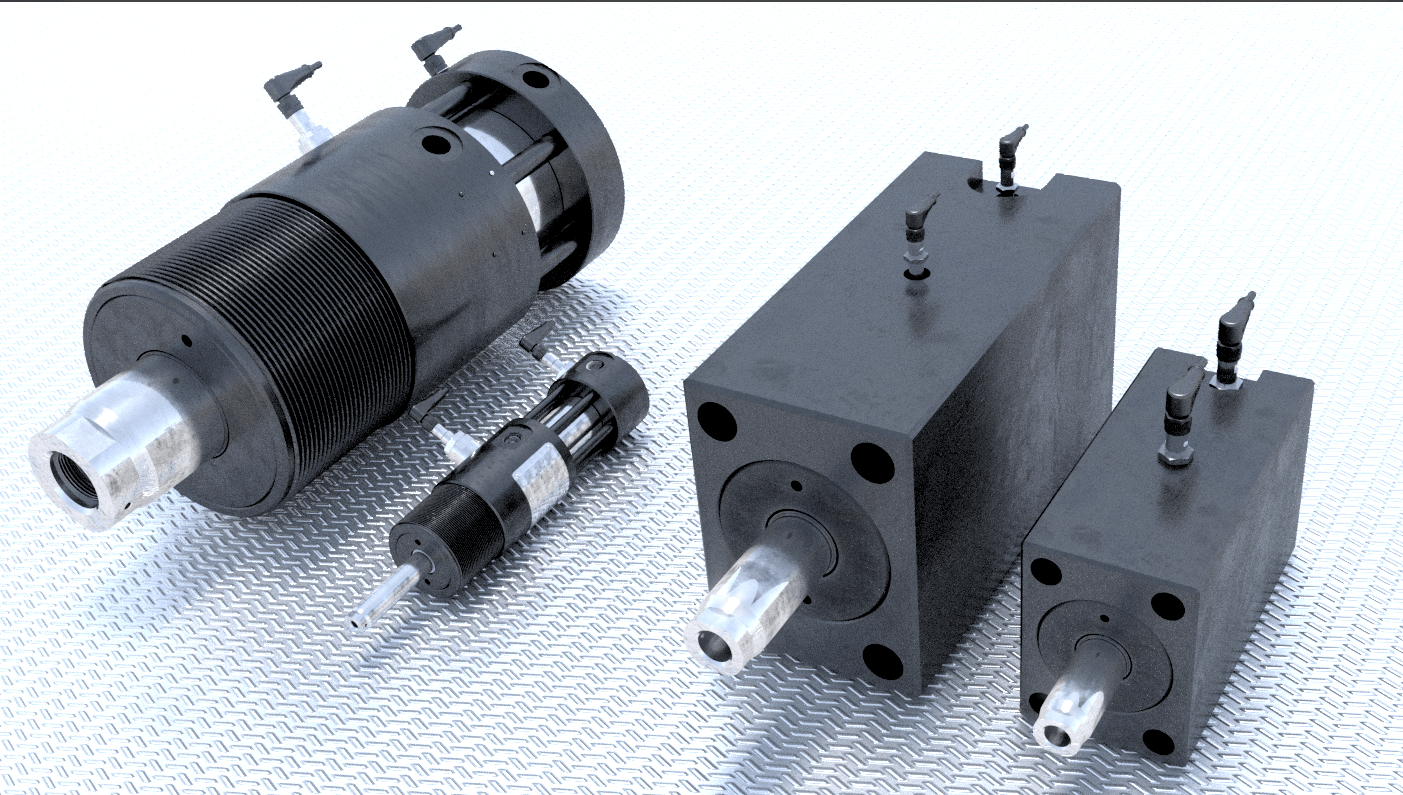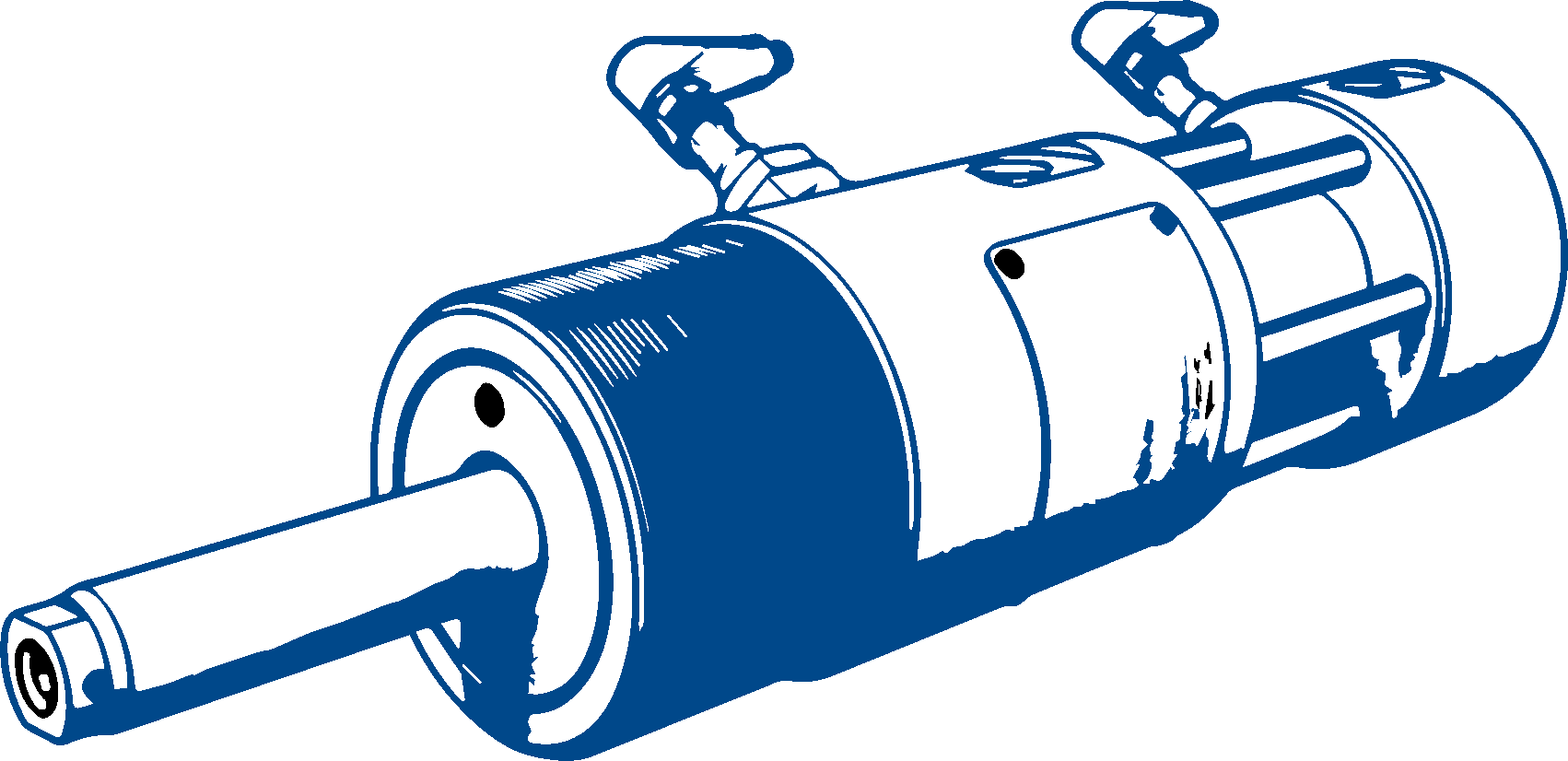
Cylinder technology
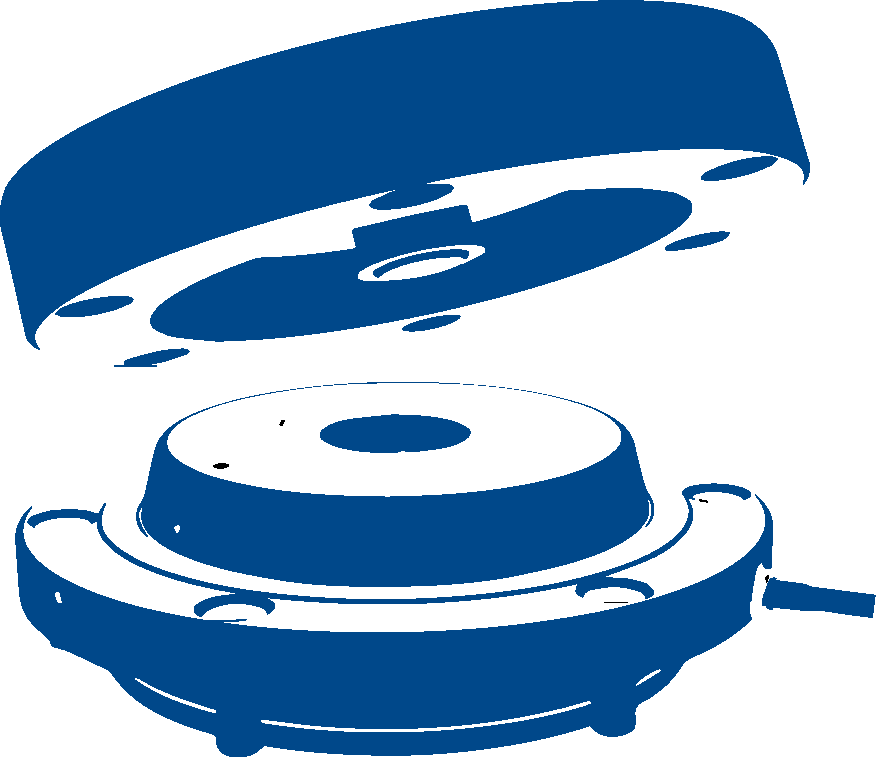
Clamping Systems
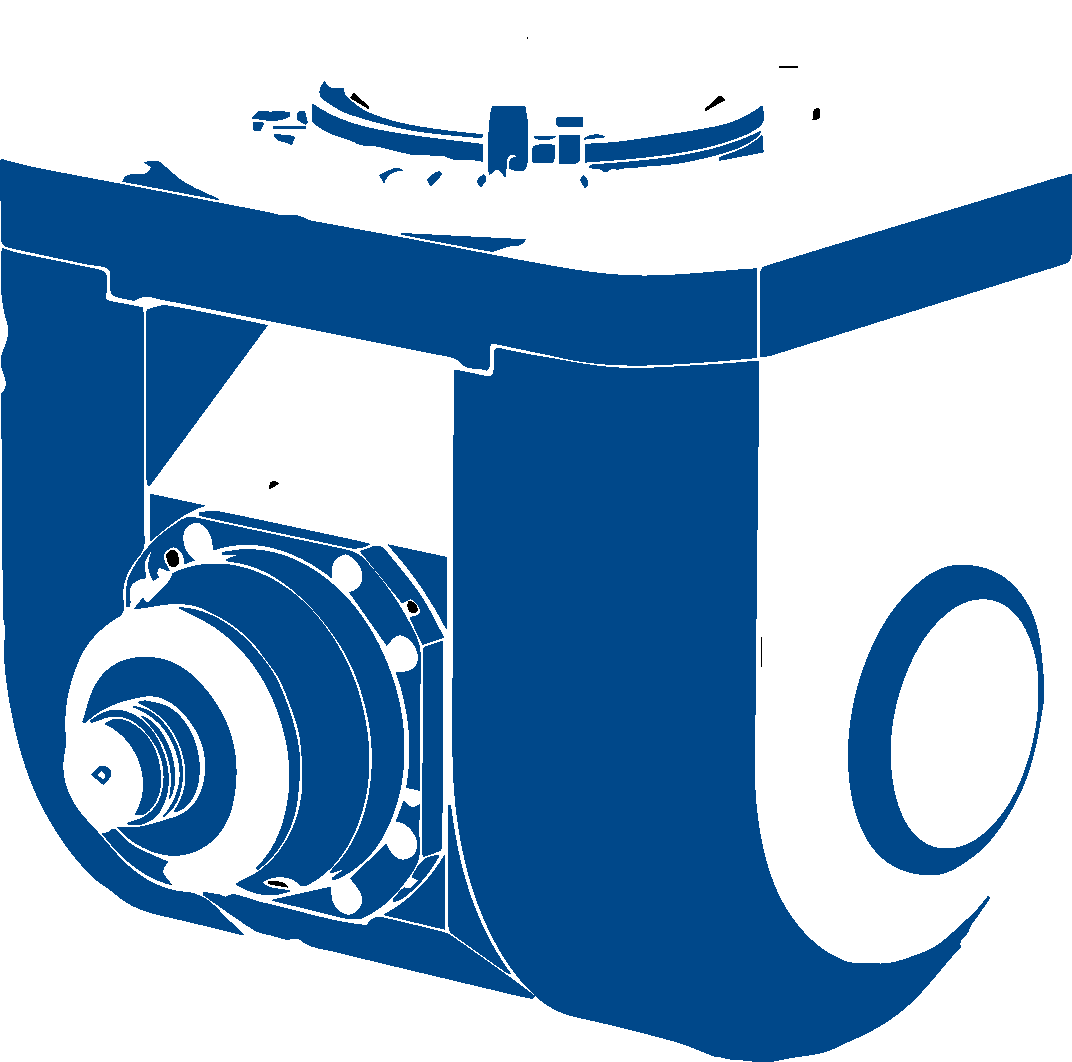
Milling Head
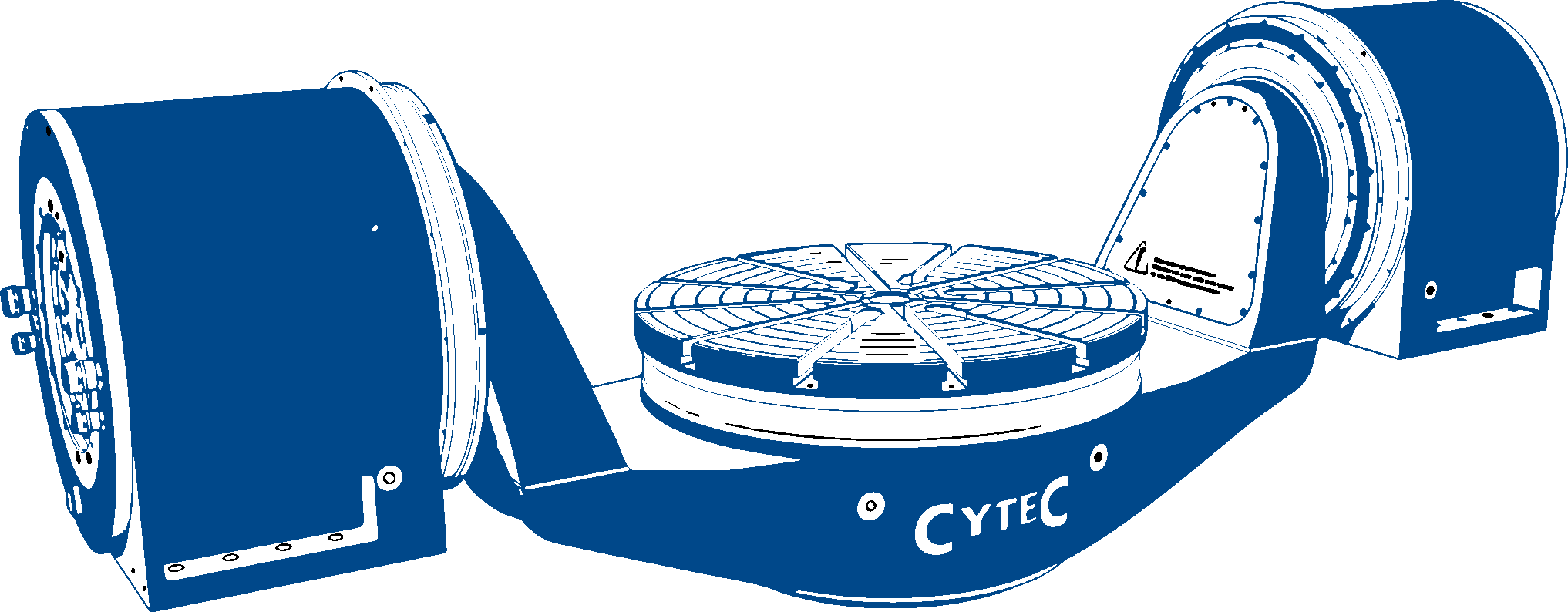
NC Tables
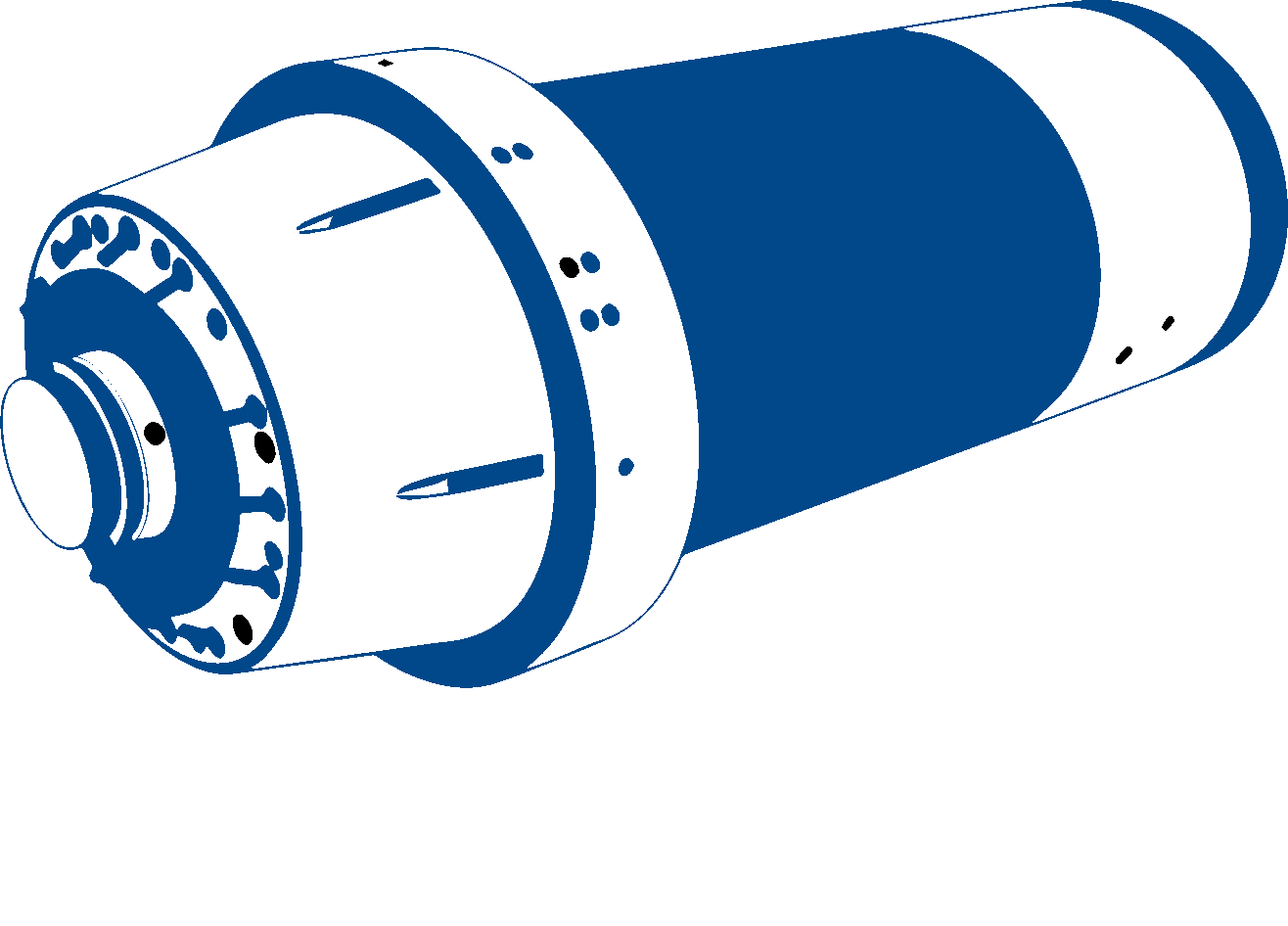
Motor SpindLE
FSW
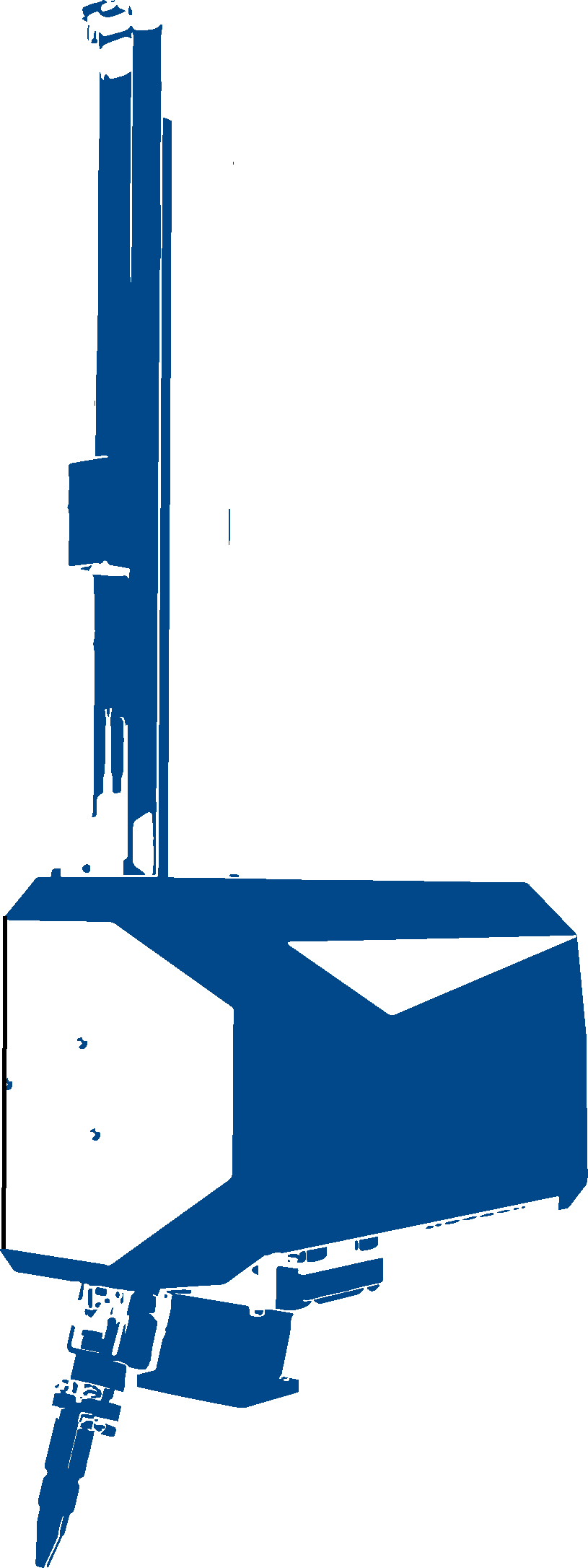
Click here for more information about preload selection.
CYTEC CYPULL GENERATION II
Locking core pulling cylinders are a result
of profound product know-how gained over many
years by CYTEC Zylindertechnik GmbH. They have
been used successfully for decades in the
plastics processing industry. The latest generation sets new benchmarks for economic production of complex and highly specialised solutions in
the mould design and construction.
CYPULL cylinders enable technically elegant and sim
-
plified concepts, combining high forces with compact
structural shape. Significant advantages for the produc
-
tion process: reduced construction, cost and manufac
-
turing effort, minimised susceptibility to trouble and
longer production cycles.
The cylinder structure, optionally available as round
or block design, is extremely rigid. This guarantees con
-
stantly high workpiece quality and maintenance-free
operation along with reliable productivity.
For almost every application an appropriate CYPULL is
available, supported by a wide range of options and
accessories (function and status monitoring, mounting
solutions etc.).

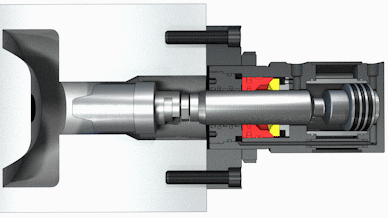
completely exposed core, not touching core
(series CP-H..-L)
Phase 1:
In the initial position the piston rod
is retracted.
Phase 2:
The piston rod is extended by applying hydraulic pressure on the piston
side. As soon as the piston reaches
the final position, the locking slide
moves axially over the three-dimensional locking segments and
pushes them into the annular groove
of the rod . So the segments are
fixed in radial and axial direction.
The piston rod is clamped with
positive lock.
The hydraulic pressure is switched
off, providing a maximum of operational safety.
Phase 3:
During the injection process the core
is pressurised, but it doesn't recede
in any case. The piston rod always
reaches the defined final position.
The hydraulic pressure is branched off
with a by-pass drilling from the main
supply ports for extending and retracting, enabling very fast stroke cycles.
Phase 4:
The release port is pressurised, the
piston rod unlocks and moves back to
the initial position.

